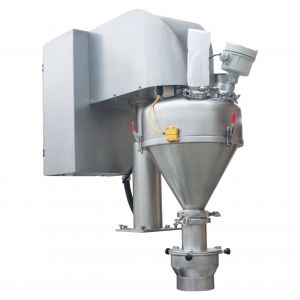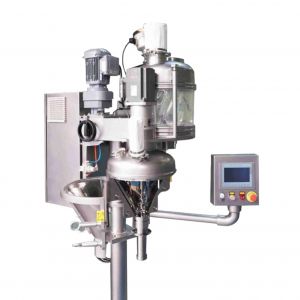
What is an Auger Filler?
An auger filler is a specialized type of filling machine used in the packaging industry to accurately dispense and fill dry or semi-liquid products into containers such as bags, bottles, cans, or pouches.
Here's how an auger filler typically works:
-
Hopper: The auger filler is equipped with a large hopper that holds the product to be filled. The hopper feeds the product into the filling system, ensuring a continuous flow of material.
-
Auger Screw: The key component of the auger filler is the auger screw, which is a metal or plastic helical screw enclosed within a tube. The design and size of the auger screw can vary depending on the type of product being filled and the required fill volume.
-
Filling Tube: The auger screw is positioned vertically within a filling tube that leads to the packaging container. The tube's size and length are adjusted to accommodate the container's dimensions.
-
Rotation and Revolution: The auger screw is powered by a motor, which causes it to rotate and simultaneously revolve. As the auger rotates, the product is moved upward along the helical blades.
-
Dosing: The amount of product dispensed is controlled by adjusting the speed of rotation and the revolutions of the auger screw. This allows precise control over the fill volume to ensure consistency in the packaging process.
-
Funnel and Nozzle: Once the product reaches the top of the auger screw, it is directed into a funnel, which channels it towards the packaging container. A nozzle is positioned at the end of the filling tube, and the product is discharged into the container through the nozzle.
-
Leveling and Settling: Some auger fillers are equipped with additional mechanisms like a leveling system or vibration to settle the product in the container, ensuring a consistent fill level and eliminating any air pockets.
-
Repeat Cycle: The process continues in a cyclical manner, with the hopper continuously supplying the auger screw with product and the filling tube directing it into the containers.
Auger fillers are commonly used for filling a wide range of products, including powders, granules, spices, coffee, tea, flour, sugar, detergent, pharmaceuticals, and other similar materials. They are known for their accuracy, speed, and ability to handle different product types, making them a popular choice in various industries for efficient and reliable filling operations.









